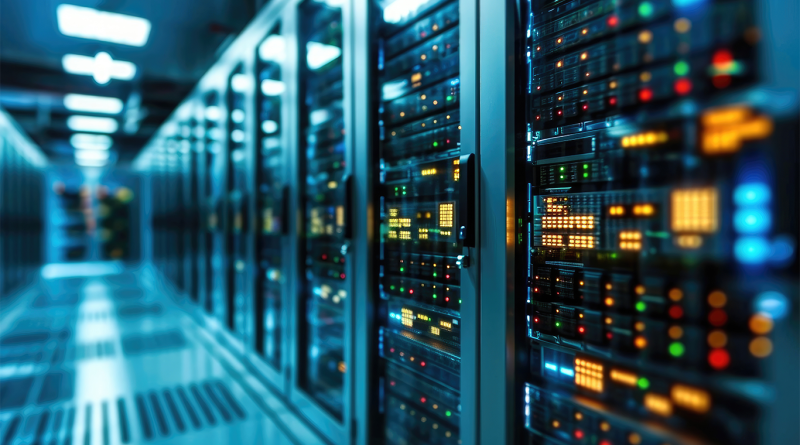US Companies Collaborate to Deliver 4 GW Power for AI Infrastructure
Artificial intelligence is reshaping industries at an unprecedented pace, but its rapid adoption comes with a significant challenge: energy consumption. AI data centers, which support applications such as machine learning and real-time data processing, require vast amounts of electricity—up to 50 times more per square foot than traditional office spaces.
The surge in AI adoption is straining existing power grids, prompting major energy companies to seek innovative solutions. A single ChatGPT query, for instance, consumes nearly ten times the energy of a basic Google search. With AI-driven workloads becoming more mainstream, ensuring a stable and sustainable power supply has become a top priority for US companies.
Chevron’s strategic partnership to deliver 4 GW of power
Chevron has partnered with GE Vernova and investment firm Engine No. 1 to deliver up to 4 gigawatts (GW) of reliable power to AI data centers across the United States—enough energy to supply approximately 3.5 million homes annually.
The project will focus on deploying behind-the-meter power plants, a model designed to provide direct, localized electricity to data centers without overloading regional power grids. These natural gas-powered plants will ensure a continuous, independent energy supply, reducing the risk of outages and bottlenecks associated with the increasing demand for AI computation.
Chevron’s initiative underscores the role of natural gas in the US energy mix. While the company aims to prioritize efficiency, it is also exploring lower-carbon technologies, including carbon capture and storage, to minimize environmental impact. These power plants are expected to integrate advanced emissions-reduction techniques, potentially capturing over 90% of CO₂ emissions from turbines.
The collaboration between Chevron, GE Vernova, and Engine No. 1 signals a bold step in addressing the energy challenges posed by AI expansion. As more data centers come online, ensuring a reliable and scalable energy infrastructure will be essential to maintaining the growth trajectory of artificial intelligence in the US.
A game changer for AI infrastructure
A key element of Chevron’s strategy is the use of behind-the-meter power plants, which are positioned near AI data centers to generate electricity on-site. Unlike traditional power delivery models that rely on centralized grids, behind-the-meter solutions provide direct energy access, reducing transmission losses and enhancing efficiency.
This model allows data centers to operate independently from the broader grid, mitigating risks associated with peak electricity demand. Given the unpredictability of AI workloads, having a stable, dedicated power source is crucial to seamless operations. Furthermore, these plants can be rapidly deployed, ensuring new data centers come online without long delays linked to grid infrastructure upgrades. Industry analysts believe behind-the-meter solutions could become a standard approach for powering AI workloads, especially as computational needs continue to rise.
Balancing efficiency with sustainability
While natural gas remains a primary energy source for this initiative, Chevron and its partners are actively exploring ways to make AI power generation more sustainable. The integration of carbon capture technologies could significantly reduce the environmental footprint of natural gas turbines. By capturing and storing CO₂ emissions before they reach the atmosphere, these plants could operate with far lower emissions than conventional facilities.
Additionally, as battery storage and renewable energy technologies advance, there is potential to complement natural gas power with solar and wind energy. Hybrid power models, where AI data centers draw from multiple energy sources, could emerge as a long-term solution to meet both sustainability goals and growing energy demands.
Chevron’s investment in AI data center power underscores a broader trend: the intersection of energy and technology. As AI applications expand, so too will the need for strategic energy solutions.
Sources:
To keep up-to-date with our latest energy, oil and gas news, subscribe to our newsletter today.
